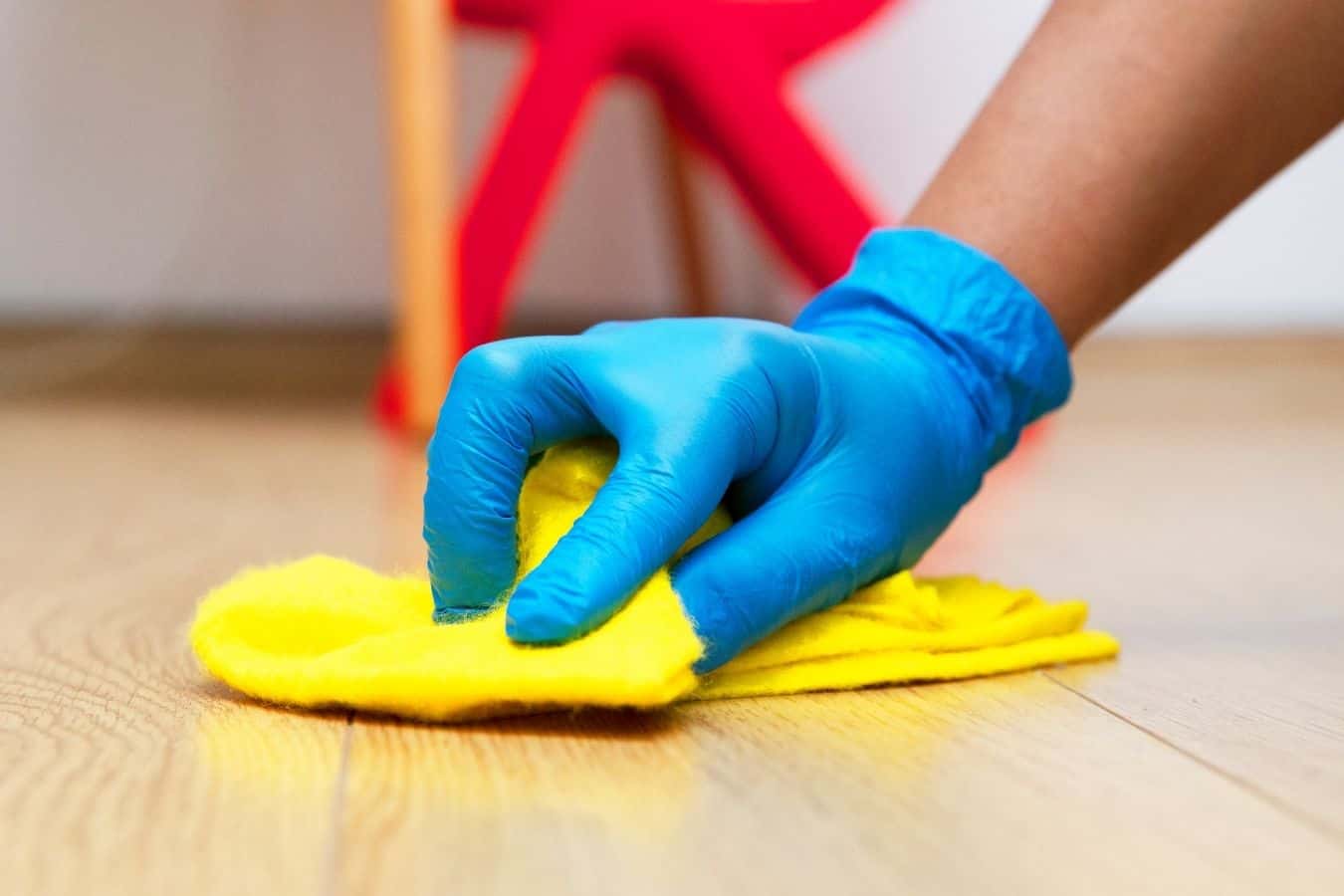

Articles
How To Get Hair Dye Out Of Wood Floor
Modified: May 6, 2024
Learn how to remove hair dye stains from your wood floor with these helpful articles.
(Many of the links in this article redirect to a specific reviewed product. Your purchase of these products through affiliate links helps to generate commission for Storables.com, at no extra cost. Learn more)
Introduction
Having hair dye stains on your wood floor can be a frustrating experience. Whether it’s a spill, a splash, or a mishap during the hair coloring process, these stains can leave a permanent mark if not properly addressed. However, with the right knowledge and tools, you can effectively remove hair dye stains from your wood floor and restore its natural beauty.
In this article, we will explore various methods and techniques to get hair dye stains out of wood floors. We’ll start by understanding the nature of hair dye stains and the precautions you need to take before attempting any removal method. Then, we’ll dive into step-by-step instructions on different ways to eliminate the stains. Finally, we’ll discuss preventive measures to help you avoid future hair dye mishaps on your wood floors.
Before we begin, it’s important to note that the effectiveness of these removal methods may vary depending on the type of wood floor and the severity of the stain. It’s always recommended to test any cleaning solution on a small, inconspicuous area of your floor before applying it to the stain directly.
Now, let’s explore the world of removing hair dye stains from wood floors and bring back the natural beauty of your wooden surfaces!
Key Takeaways:
- Act quickly when dealing with hair dye stains on wood floors. Blot fresh stains with water, try gentle solutions like hydrogen peroxide and baking soda paste, and always test cleaning methods on a small area first.
- Prevention is crucial to avoid hair dye stains on wood floors. Use protective coverings, designate a specific dyeing area, and clean up spills immediately to minimize the risk of staining.
Read more: How To Get Hair Dye Off Floor
Understanding Hair Dye Stains on Wood Floors
Hair dye stains on wood floors can be stubborn to remove because the dye molecules penetrate the porous surface of the wood, making them difficult to lift. Additionally, certain hair dyes contain strong pigments that can leave behind intense stains if not addressed promptly.
The type of wood floor you have can also impact the severity of the stain. Hardwood floors, such as oak or maple, are generally more resilient and have a protective finish that can make stain removal easier. However, softer wood floors, like pine or bamboo, may absorb the dye more easily, requiring extra care and caution during the removal process.
It’s essential to consider the age and condition of your wood floor as well. Older floors may have a worn or damaged protective coating, making them more susceptible to staining. In contrast, newer floors with a fresh and intact finish are generally more resistant to hair dye stains.
Another factor to consider is the type of hair dye used. While most commercially available hair dyes are designed to be long-lasting and resistant to fading, they can also pose a challenge when it comes to removing stains. Permanent dyes, in particular, contain more potent pigments that can deeply penetrate the wood fibers, making them harder to remove.
It’s important to address hair dye stains as soon as possible to prevent them from setting and becoming more difficult to remove. The longer the dye sits on the wood, the more it can bond with the surface and potentially lead to permanent discoloration. Prompt action and the right cleaning method are crucial to effectively eliminate hair dye stains from your wood floor.
Now that we have a better understanding of hair dye stains on wood floors, let’s move on to the precautions you should take before attempting any removal method.
Precautions before Removing Hair Dye
Before diving into the process of removing hair dye stains from your wood floor, it’s essential to take some necessary precautions to ensure the safety of both your floor and yourself.
Here are a few key precautions to keep in mind:
- Protective Gear: Always wear gloves to protect your hands from any harsh chemicals or cleaning agents you may be using. Additionally, consider wearing old clothes or an apron to avoid staining your clothing.
- Ventilation: Make sure the area is well-ventilated when working with any cleaning solution or chemical. Open windows and use fans to promote airflow, especially if you’re working indoors.
- Spot Test: Before applying any cleaning solution or method to the hair dye stain, perform a spot test on a small, inconspicuous area of your wood floor. This will help determine if the solution will cause any discoloration or damage to the wood.
- Read Instructions: If you’re using a commercial wood floor stain remover, make sure to carefully read and follow the instructions provided by the manufacturer. Different products may have specific guidelines and application techniques, so be sure to follow them for optimal results.
- Gentle Techniques: Start with the mildest cleaning methods and solutions first, gradually progressing to stronger ones if needed. This will help minimize the risk of damaging your wood floor while still effectively removing the stain.
- Protective Floor Coating: Once you’ve successfully removed the hair dye stain, consider applying a fresh coat of protective finish or a wood floor sealer to prevent future staining and to restore the original luster of your floor.
By taking these precautions before removing hair dye stains, you’ll be better equipped to handle the process effectively and protect your wood floor from any potential damage.
Now, let’s move on to the various methods you can use to remove hair dye stains from your wood floor.
Blotting the Fresh Hair Dye Stain
If you’ve just discovered a fresh hair dye stain on your wood floor, immediate action is key. The first and simplest method to try is blotting the stain to prevent it from further penetrating the wood fibers and setting permanently.
Here’s how you can effectively blot a fresh hair dye stain:
- Act quickly: As soon as you notice the hair dye stain, grab a clean, white cloth or paper towel and gently blot the area. Avoid rubbing or scrubbing, as this can spread the stain and make it harder to remove.
- Blot with water: If the stain is still fresh, plain water may be enough to lift the dye. Dampen a clean cloth with water and gently blot the stained area. Make sure to use a white cloth to prevent any color transfer onto the wood floor. Continue blotting until you can no longer see the dye transferring onto the cloth.
- Dry thoroughly: After blotting, use a dry, clean cloth to absorb any remaining moisture on the wood floor. This will help prevent any potential water damage or warping.
If blotting with water alone does not completely remove the hair dye stain, you may need to explore other methods. However, it’s essential to start with the gentlest approach and progressively move on to stronger solutions if necessary, as we will discuss in the following steps.
Now that you’ve tried blotting the fresh hair dye stain, let’s move on to the next method: using a hydrogen peroxide solution.
Using Hydrogen Peroxide Solution
If the fresh hair dye stain persists after blotting with water, you can try using a hydrogen peroxide solution to further lighten and remove the stain from your wood floor. Hydrogen peroxide is a mild bleach that can help break down the dye pigments and make them easier to lift.
Follow these steps to use hydrogen peroxide for hair dye stain removal:
- Prepare the solution: In a small bowl, mix equal parts hydrogen peroxide and water. Make sure to use a 3% hydrogen peroxide solution, which is readily available at most pharmacies and supermarkets.
- Apply the solution: Dip a clean, white cloth or sponge into the hydrogen peroxide solution, ensuring it is thoroughly saturated but not dripping. Then, gently dab the cloth onto the hair dye stain, making sure to cover the entire affected area.
- Allow it to sit: Let the hydrogen peroxide solution sit on the stain for about 10-15 minutes. This will give the solution enough time to penetrate the dye and help lighten it.
- Blot the stain: After the solution has had a chance to work, take a clean cloth and blot the stain, starting from the edges and working your way towards the center. Continue blotting until no more dye transfers onto the cloth.
- Rinse and dry: Once you’ve removed as much of the stain as possible, dampen a clean cloth with water and gently wipe the area to remove any residual hydrogen peroxide. Finally, use a dry cloth to absorb any excess moisture.
If the hair dye stain is still visible after using the hydrogen peroxide solution, you may need to explore other methods to remove it completely. However, it’s important to remember that different wood surfaces and dye types may require different approaches. Additionally, always test any cleaning solution on a small, inconspicuous area before applying it to the entire stain to prevent any potential damage to your wood floor.
Now that we’ve explored the use of hydrogen peroxide, let’s move on to the next method: applying a baking soda paste.
Read more: How To Get Hair Dye Out Of A Carpet
Applying Baking Soda Paste
If the hair dye stain on your wood floor persists, another effective method to try is using a baking soda paste. Baking soda is a natural and gentle abrasive that can help lift stains without causing damage to your wood floor.
Follow these steps to create and apply a baking soda paste:
- Create the paste: In a small bowl, mix equal parts baking soda and water to create a thick paste. You want the paste to be thick enough to adhere to the stain, but still spreadable.
- Apply the paste: Using a clean cloth or sponge, apply the baking soda paste directly onto the hair dye stain. Ensure that the entire stained area is covered with a thin layer of the paste. Let it sit for about 15 minutes to allow the baking soda to penetrate the stain.
- Gently scrub the stain: After the paste has had time to work, take a soft-bristled brush or a non-abrasive sponge and gently scrub the stain in a circular motion. Be sure to apply gentle pressure and avoid scrubbing too vigorously, as this can cause damage to the wood surface.
- Wipe clean and dry: Once you’ve scrubbed the stain, use a clean, damp cloth to wipe away the baking soda paste. Continue wiping until all residue is removed. Finally, use a dry cloth to absorb any remaining moisture.
If the hair dye stain is still visible, you may need to repeat the baking soda paste application and scrubbing process. It’s important to note that baking soda may lighten the stain gradually over multiple applications, so patience may be required for more stubborn stains.
Remember to test the baking soda paste on a small, inconspicuous area of your wood floor before applying it to the entire stain to ensure it does not cause any discoloration or damage.
Now that you’ve learned about applying a baking soda paste, let’s move on to the next method: utilizing rubbing alcohol.
Use a mixture of equal parts baking soda and hydrogen peroxide to create a paste. Apply the paste to the stained area and let it sit for a few minutes before wiping it off with a damp cloth. Repeat as necessary until the dye is removed.
Utilizing Rubbing Alcohol
If the hair dye stain on your wood floor persists, using rubbing alcohol can be an effective method to break down the dye pigments and remove the stain. Rubbing alcohol, also known as isopropyl alcohol, has solvents that can dissolve and lift the dye from the wood surface.
Follow these steps to utilize rubbing alcohol for removing hair dye stains:
- Gather your supplies: You will need a clean, white cloth or sponge and some rubbing alcohol. Make sure the rubbing alcohol is 70% isopropyl alcohol, which can be found at most pharmacies.
- Dampen the cloth: Moisten the cloth with a small amount of rubbing alcohol. You want the cloth to be damp but not soaked.
- Test on a small area: Before applying the rubbing alcohol directly to the stain, perform a spot test on a small, inconspicuous area of your wood floor to ensure it does not cause any damage or discoloration.
- Blot the stain: Once you have tested the rubbing alcohol, gently blot the hair dye stain with the damp cloth. Be careful not to rub or scrub too vigorously, as this can spread the stain or damage the wood surface. Continue blotting until you see the dye transferring onto the cloth.
- Repeat if necessary: If the stain persists, dampen the cloth with more rubbing alcohol and continue blotting until the stain is fully lifted. For stubborn stains, you may need to repeat this process multiple times.
- Rinse and dry: After removing the stain, rinse the area with water to remove any residual rubbing alcohol. Use a clean, damp cloth to wipe away any remaining residue, then dry the area thoroughly with a dry cloth.
Remember to always use rubbing alcohol in a well-ventilated area, as the fumes can be strong. Additionally, it’s important to test the rubbing alcohol on a small, inconspicuous area of your wood floor before applying it to the stained area to avoid any potential damage or discoloration.
If the rubbing alcohol method does not completely remove the hair dye stain, don’t worry. There are still more methods to explore. Next, we’ll discuss using acetone or nail polish remover to tackle persistent stains.
Using Acetone or Nail Polish Remover
If the hair dye stain on your wood floor proves to be stubborn and difficult to remove, you can try using acetone or nail polish remover as a more potent solution. Acetone is a strong solvent that can break down the dye pigments and help lift the stain from the wood surface.
Follow these steps to use acetone or nail polish remover for removing hair dye stains:
- Gather your supplies: You will need a clean, white cloth or cotton ball and a small amount of acetone or nail polish remover. Make sure the nail polish remover you’re using contains acetone, as non-acetone removers are unlikely to be effective for stain removal.
- Dampen the cloth or cotton ball: Moisten the cloth or cotton ball with a small amount of acetone or nail polish remover. Ensure it is damp but not dripping.
- Perform a spot test: Before applying the acetone or nail polish remover directly to the hair dye stain, perform a spot test on a small, inconspicuous area of your wood floor to ensure it does not cause any damage or discoloration.
- Blot the stain: Once you’ve performed a successful spot test, gently blot the hair dye stain with the damp cloth or cotton ball. Be cautious and avoid rubbing or scrubbing too vigorously, as this can damage the wood surface. Continue blotting until you observe the dye transferring onto the cloth or cotton ball.
- Repeat the process: If the stain remains after the initial blotting, dampen the cloth or cotton ball with more acetone or nail polish remover and continue blotting until the stain is fully lifted. For persistent stains, you may need to repeat this process several times.
- Rinse and dry: After successfully removing the stain, rinse the area with water to remove any residual acetone or nail polish remover. Use a clean, damp cloth to wipe away any remaining residue, and then dry the area thoroughly with a dry cloth.
It’s important to note that acetone and nail polish remover are strong solvents and can potentially damage or discolor certain types of wood floors. Always perform a spot test and use caution when applying these solutions. If you’re unsure, it’s best to consult a professional or contact the manufacturer of your wood floor for guidance.
If the acetone or nail polish remover method doesn’t completely remove the hair dye stain or if you prefer to try a more specific product, consider using a commercial wood floor stain remover. We’ll discuss this next.
Applying a Commercial Wood Floor Stain Remover
If the previous methods haven’t successfully eliminated the hair dye stain on your wood floor, you may want to consider using a commercial wood floor stain remover. These products are specifically formulated to tackle tough stains without causing damage to the wood surface.
Follow these steps to apply a commercial wood floor stain remover:
- Choose a suitable product: Visit your local hardware store or home improvement center to find a wood floor stain remover that is safe for your specific type of wood flooring. Look for a product that is labeled specifically for stain removal.
- Read and follow the instructions: Before applying the wood floor stain remover, carefully read and follow the instructions provided by the manufacturer. Different products may have varying application techniques and safety precautions, so it’s important to adhere to their guidelines.
- Prepare the area: Clear the affected area of any furniture, rugs, or other objects that may obstruct the application of the stain remover. Use a broom or vacuum cleaner to remove any dirt or debris that may be present on the surface of the wood floor.
- Apply the stain remover: Following the manufacturer’s instructions, apply the wood floor stain remover to the hair dye stain. Use a clean, white cloth or sponge to spread the product evenly over the affected area. Allow the stain remover to sit for the recommended duration for optimal results.
- Blot or wipe away: After the designated time, use a clean cloth or sponge to blot or wipe away the stain remover and the dissolved dye. Follow the recommended technique specified by the manufacturer to ensure complete removal of the stain.
- Rinse and dry: Once you have removed the stain, rinse the area with water to remove any residual stain remover. Use a clean, damp cloth to wipe away any remaining residue, and then dry the area thoroughly with a dry cloth.
Commercial wood floor stain removers are specifically formulated to tackle stubborn stains like hair dye, but it’s important to choose a product that is suitable for your specific type of wood flooring. Always follow the instructions provided by the manufacturer and conduct a spot test in an inconspicuous area before using the stain remover on the entire stain.
If the hair dye stain persists even after using a commercial wood floor stain remover, you may need to consider sanding and refinishing the wood floor. This will require more extensive work and may be best left to professionals. Let’s explore this option next.
Read more: How To Get Hair Dye Out Of A Shower Curtain
Sanding and Refinishing the Wood Floor
If all previous methods have been unsuccessful in removing the hair dye stain from your wood floor, the last resort is to consider sanding and refinishing the affected area. This method is more intensive and may require professional assistance, but it can effectively eliminate stubborn stains that have deeply penetrated the wood surface.
Here’s a step-by-step guide for sanding and refinishing your wood floor:
- Assess the damage: Carefully inspect the hair dye stain and determine the extent of the damage. Assess whether the stain has deeply penetrated the wood or if it is limited to the surface.
- Prepare the area: Move any furniture or objects from the affected area and thoroughly clean the wood floor. Sweep or vacuum to remove any dust, dirt, or debris.
- Sand the stained area: Use a floor sander or a sanding block with fine-grit sandpaper to sand the stained area. Start with a low grit sandpaper and gradually work your way up to a higher grit to achieve a smooth and even surface. Pay close attention to the stained area and sand until the stain is no longer visible.
- Remove the dust: After sanding, use a vacuum or a microfiber cloth to remove any dust or residue from the sanded area. This step is crucial to ensure a clean surface for refinishing.
- Apply wood floor finish: Once the area is clean and dry, apply a wood floor finish or stain to restore the color and protect the wood. Follow the manufacturer’s instructions for application techniques and drying time. Apply multiple coats if necessary, allowing each coat to dry completely before proceeding.
- Blend with the surrounding floor: To ensure a seamless appearance, extend the application of the finish or stain slightly beyond the sanded area to blend it with the rest of the floor.
- Allow for curing time: After applying the finish, allow sufficient drying and curing time before placing any furniture or objects back on the floor. Follow the manufacturer’s instructions for the recommended time needed for the finish to fully cure.
Sanding and refinishing a wood floor is a more complex and time-consuming process, and it may be best to enlist the help of professionals, especially if you’re not experienced in this type of work. They can ensure the best results and help restore your wood floor to its former glory.
Remember, prevention is always better than cure. Let’s explore some preventive measures to help you avoid hair dye stains on your wood floors in the future.
Preventing Hair Dye Stains on Wood Floors
Preventing hair dye stains on your wood floors is crucial to maintaining their beauty and longevity. Here are some preventive measures you can take to minimize the risk of stains:
- Protective measures: Before starting the hair dye process, place a protective covering, such as a plastic drop cloth or old towels, over your wood floor. This will create a barrier between any potential spills or splatters and the surface of your floor.
- Preparation area: Designate a specific area in your home for hair dyeing. Choose a space with tile or another non-porous surface, if possible, to minimize the risk of staining your wood floor. If you must dye your hair near your wood floor, ensure you have proper protection in place.
- Containment: Use a hair dye cape or old towel to cover your shoulders and prevent hair dye from dripping onto the floor. Secure the cape or towel tightly to minimize any potential leaks or accidents.
- Work near a sink: Set up your hair dyeing station near a sink to easily rinse any spills or splatters. This will allow you to quickly react and prevent the dye from coming into contact with your wood floor.
- Clean as you go: If you notice any hair dye splatters or spills on your wood floor during the dyeing process, immediately clean them with a damp cloth or sponge. The quicker you act, the easier it will be to remove the stain before it sets.
- Protective gloves: Always wear protective gloves when handling hair dye. This will not only protect your hands but also prevent any accidental staining of your wood floor if the dye gets on your gloves.
- Be cautious: Take extra care when handling hair dye near your wood floor. Slow and steady movements can help prevent accidental spills or splatters.
- Professional salon: Consider visiting a professional hair salon for your dyeing needs. Experienced stylists are trained to minimize the risk of stains and have dedicated spaces designed to handle hair dye without damaging your wood floor.
By implementing these preventive measures, you can greatly reduce the chances of hair dye stains on your wood floors. However, accidents can still happen. If a stain does occur, it’s essential to promptly address it using the appropriate methods we discussed earlier to minimize damage and restore the beauty of your wood floors.
Now that you’re equipped with preventive measures and stain removal techniques, you can confidently tackle hair dye stains on your wood floors. Remember to always prioritize safety, test any cleaning solutions, and consult professionals if needed. With proper care and maintenance, your wood floors will continue to shine for years to come.
If you’re looking for additional guidance or for a more specific solution to your hair dye stain issue, consider consulting with a professional floor specialist who can provide personalized advice based on your unique situation.
Good luck, and may your wood floors remain stain-free and beautiful!
Conclusion
Dealing with hair dye stains on wood floors can be a daunting task, but with the right knowledge and techniques, you can successfully remove these stubborn stains and restore the natural beauty of your wooden surfaces.
In this article, we discussed various methods for removing hair dye stains from wood floors, starting with blotting fresh stains and progressing to more potent solutions such as hydrogen peroxide, baking soda paste, rubbing alcohol, acetone or nail polish remover, and even commercial wood floor stain removers. If all else fails, sanding and refinishing the affected area can provide a fresh start.
Remember to take necessary precautions before attempting any removal method, such as wearing protective gear, ensuring proper ventilation, and performing spot tests to avoid damage to your wood floors.
Prevention is key, and we provided preventive measures to minimize the risk of hair dye stains, such as using protective coverings, designating a specific area for hair dyeing, and cleaning up spills immediately.
Ultimately, the well-being and longevity of your wood floors depend on your care and vigilance. By implementing the methods and preventive measures outlined in this article, you can effectively handle hair dye stains and maintain the beauty of your wood floors for years to come.
Remember, each wood floor is unique, and what works for one may not work for another. Always test any cleaning solutions on a small, inconspicuous area and consult professionals if needed.
Now, armed with this knowledge, it’s time to tackle those hair dye stains and restore the charm of your wood floors. Good luck, and may your wood floors remain vibrant and stain-free!
Now that you've tackled hair dye stains on wood floors, why not dive deeper into household upkeep? If unsightly marks on your toilet seat are a concern, our guide on stain removal will provide practical solutions. For those aiming to spruce up their kitchen, our comprehensive cleaning tips cover everything needed to refresh your refrigerator inside and out. Lastly, keeping your home in top shape is a breeze with our straightforward advice on home maintenance. Check out these articles to ensure your living space remains welcoming and well-maintained.
Frequently Asked Questions about How To Get Hair Dye Out Of Wood Floor
Was this page helpful?
At Storables.com, we guarantee accurate and reliable information. Our content, validated by Expert Board Contributors, is crafted following stringent Editorial Policies. We're committed to providing you with well-researched, expert-backed insights for all your informational needs.
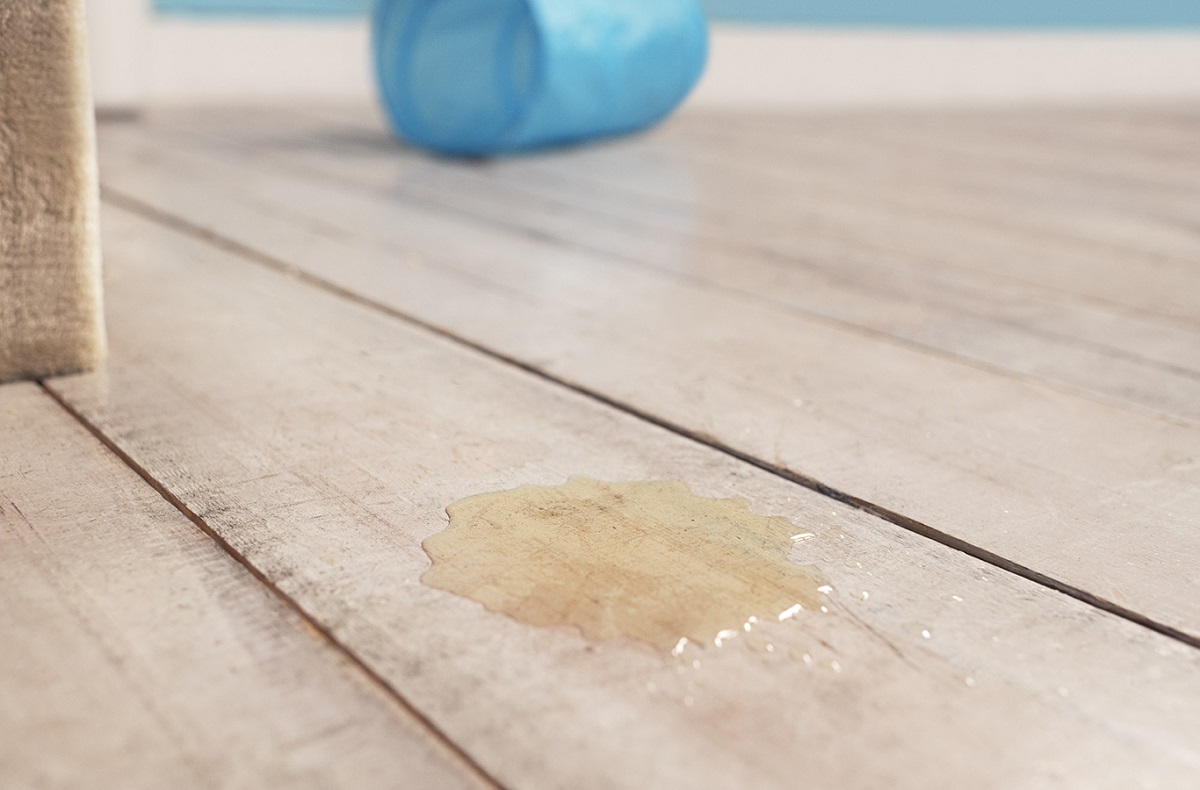

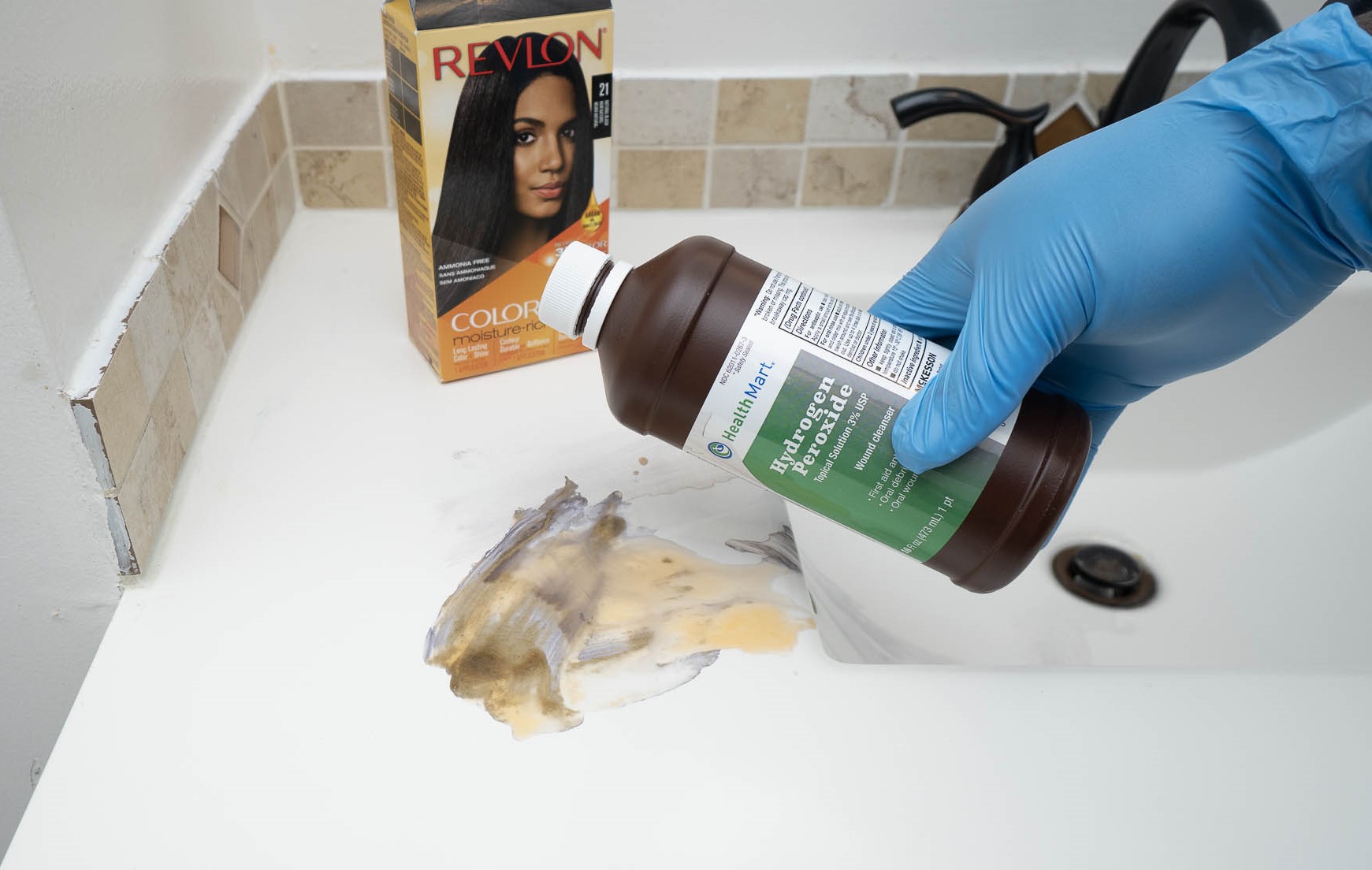
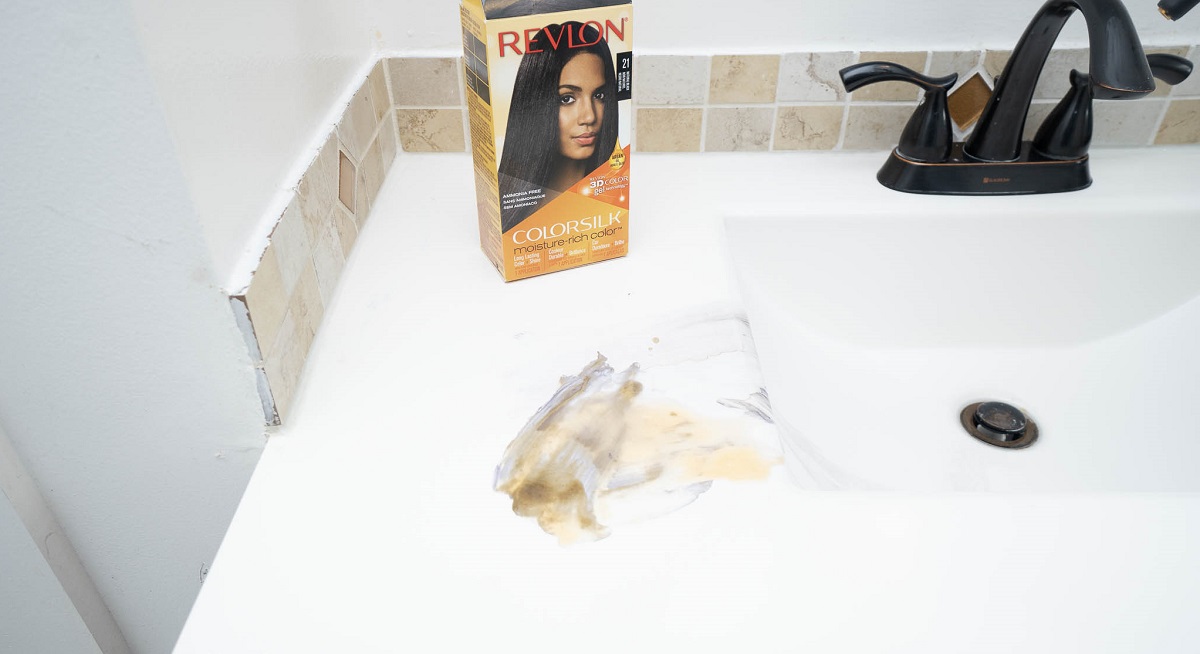
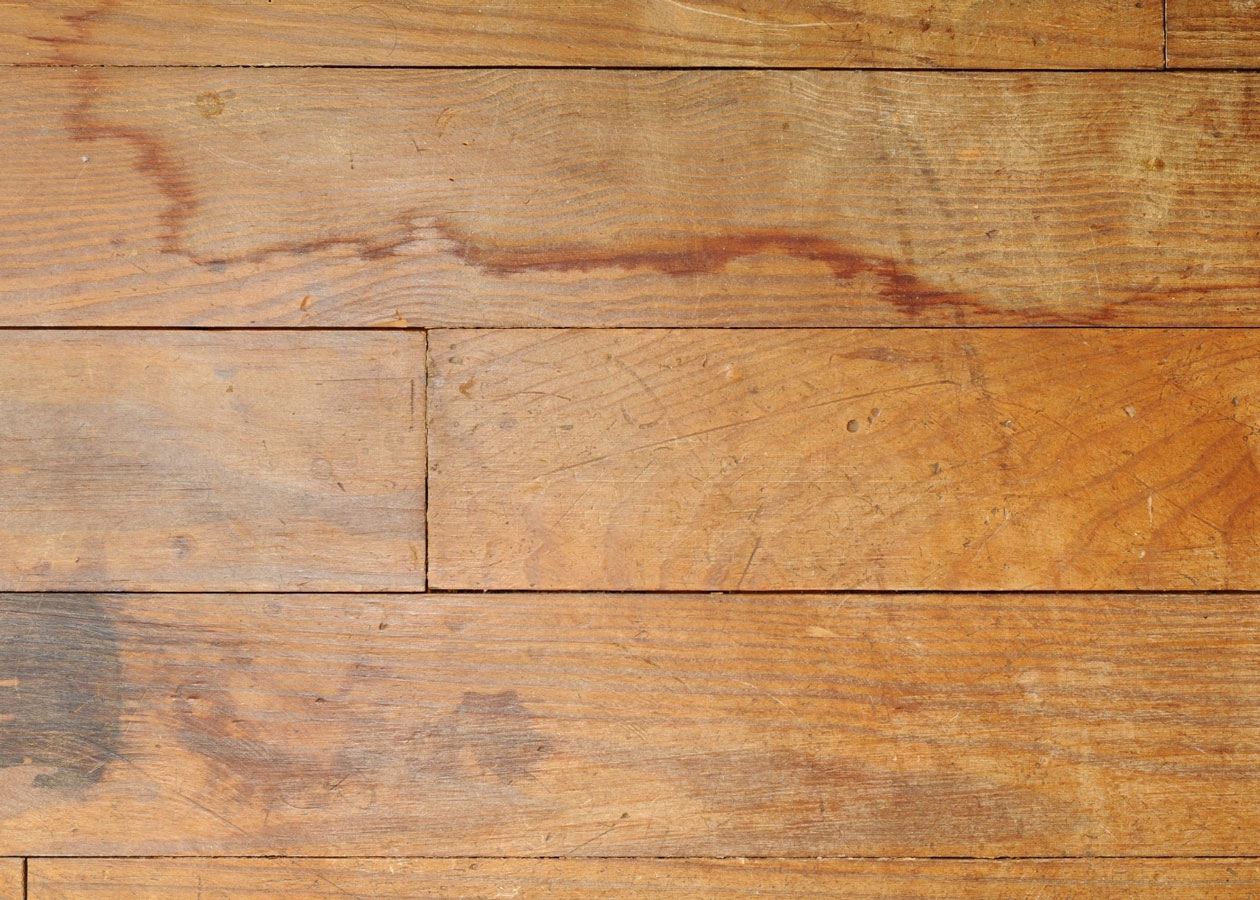
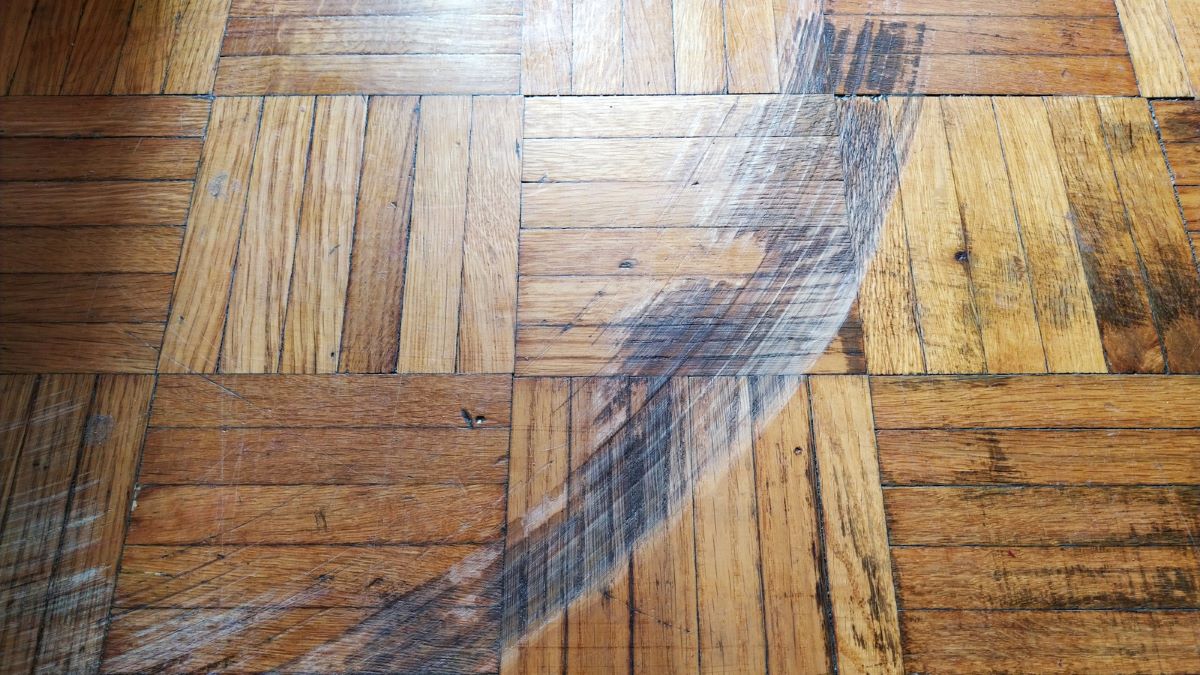

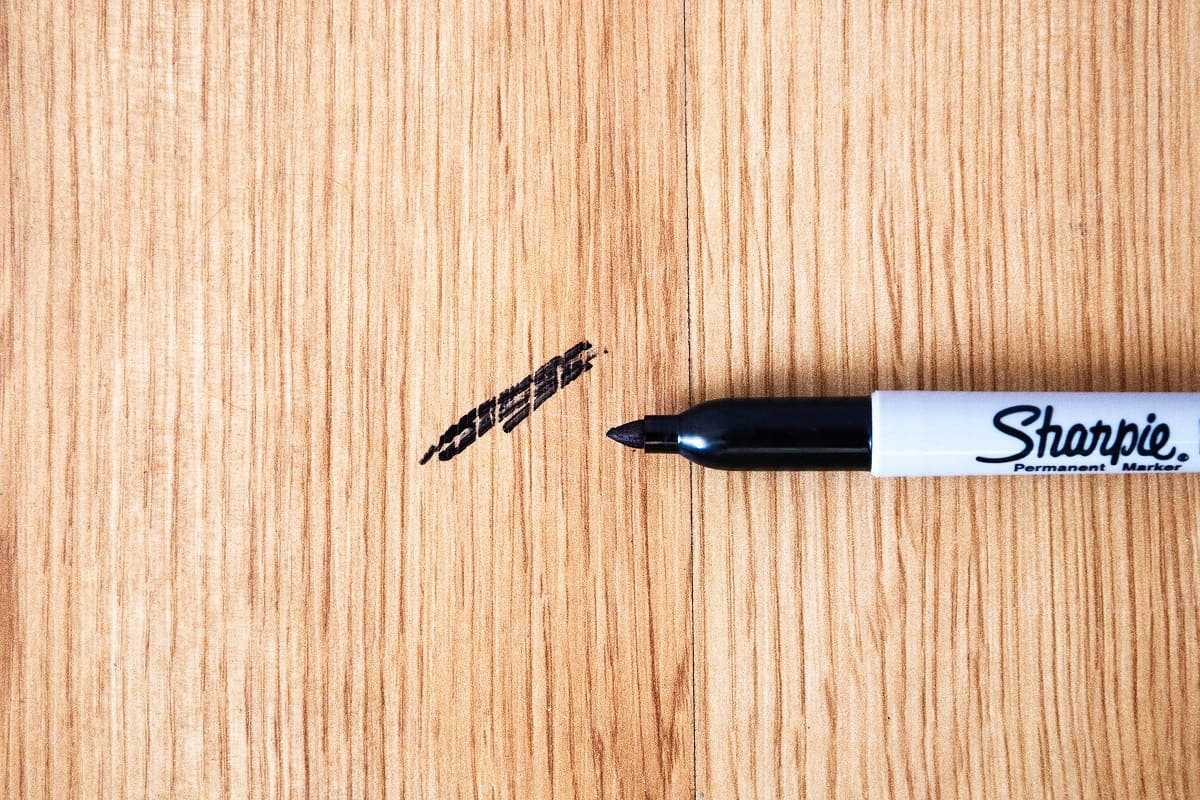
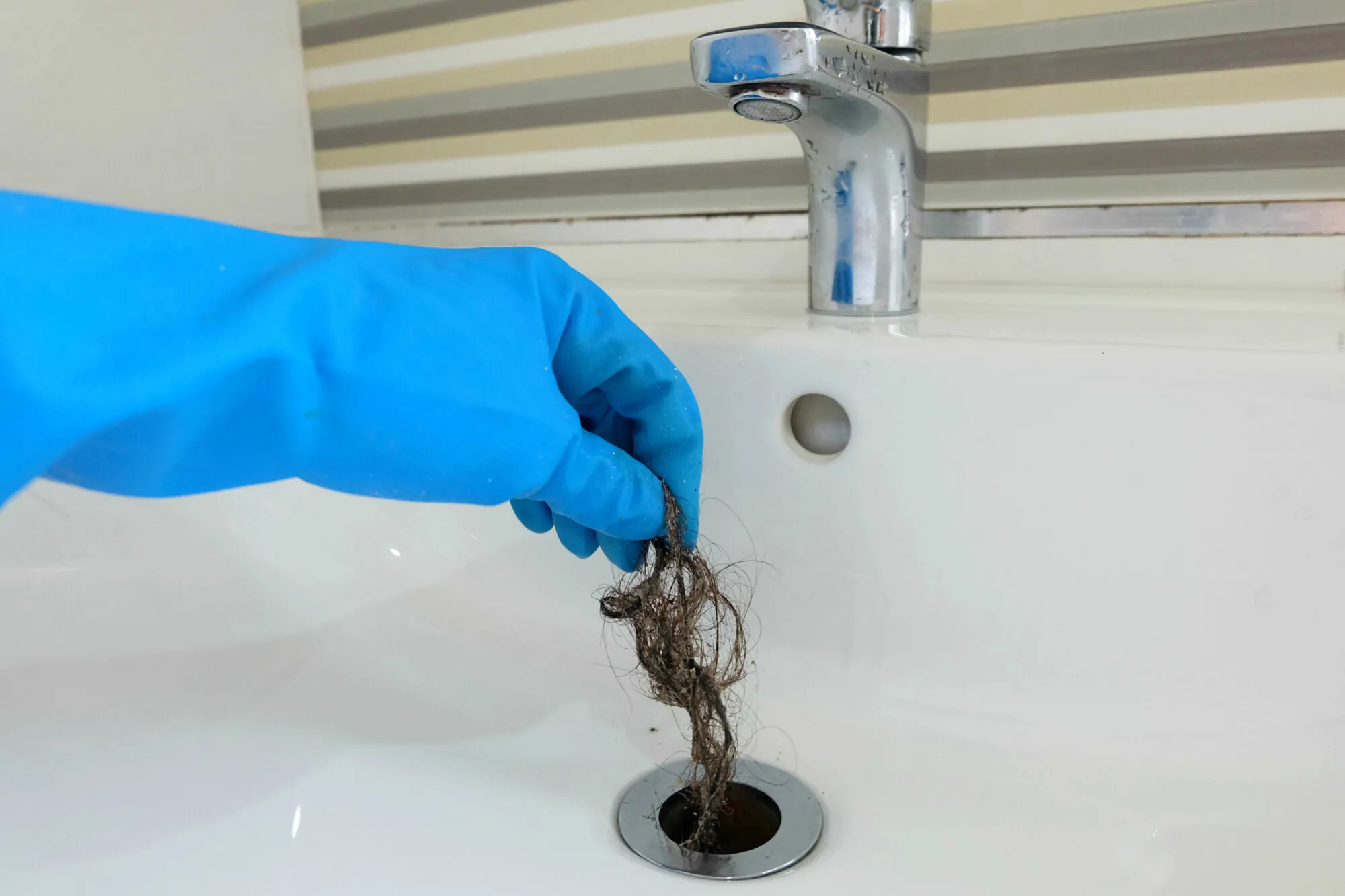
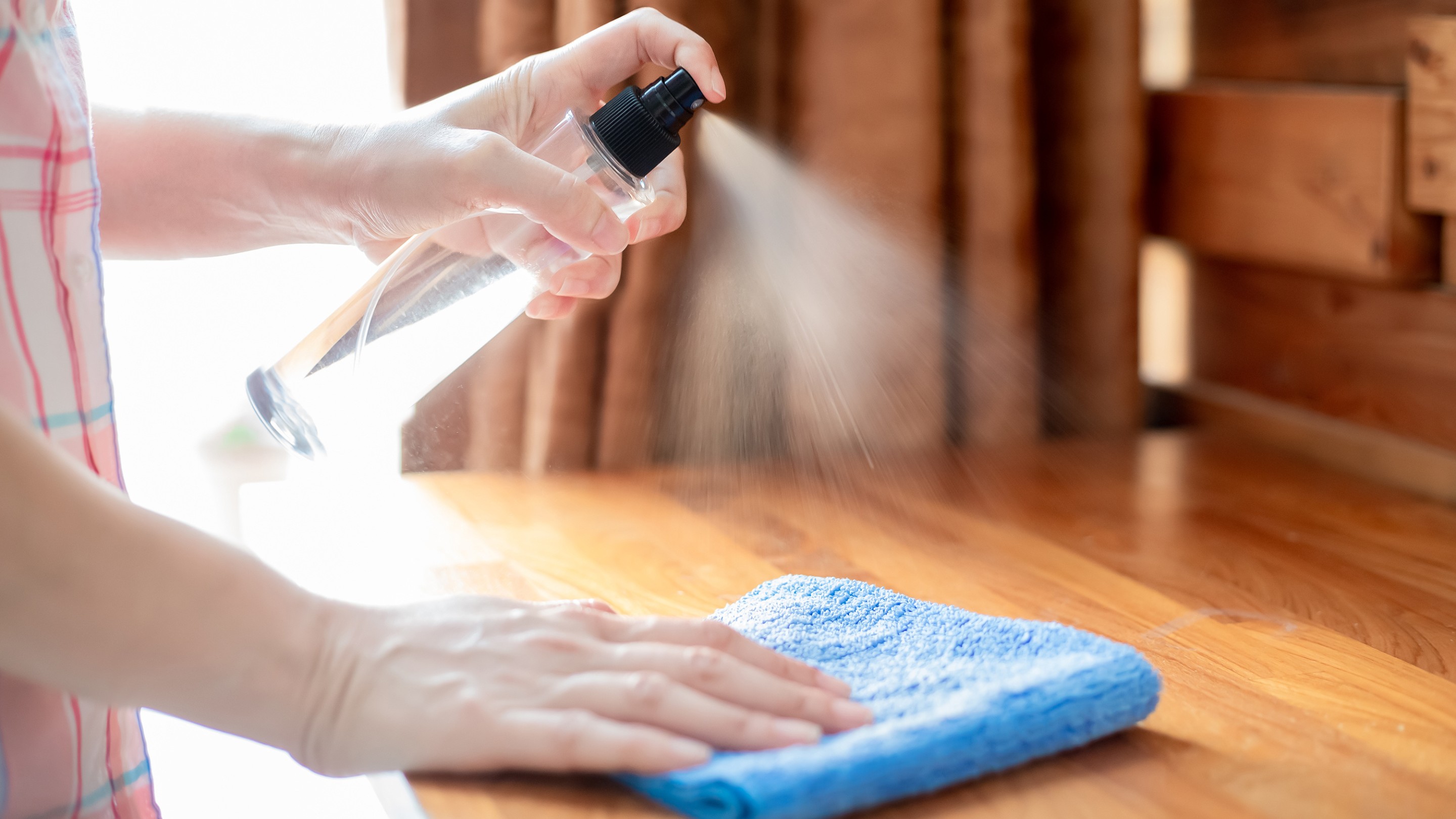
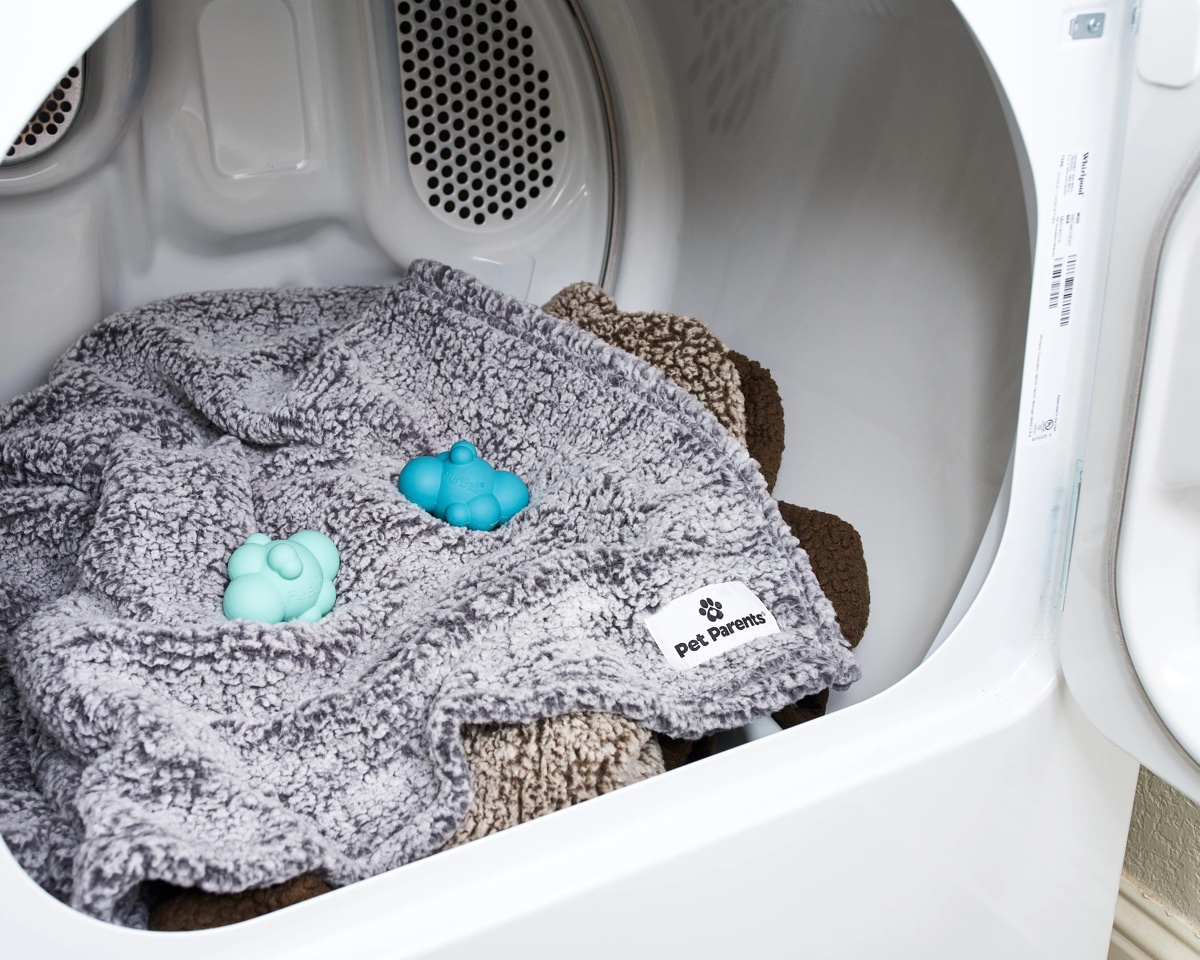
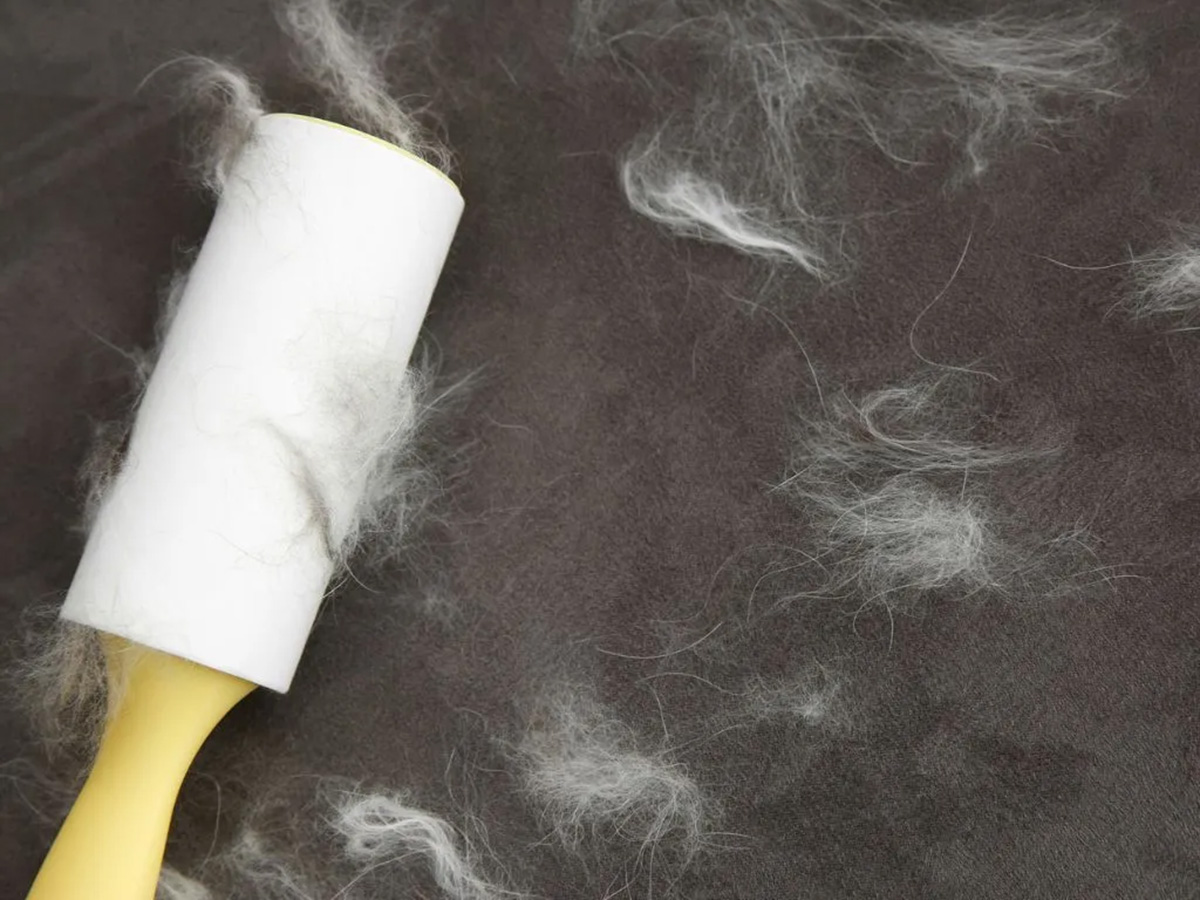
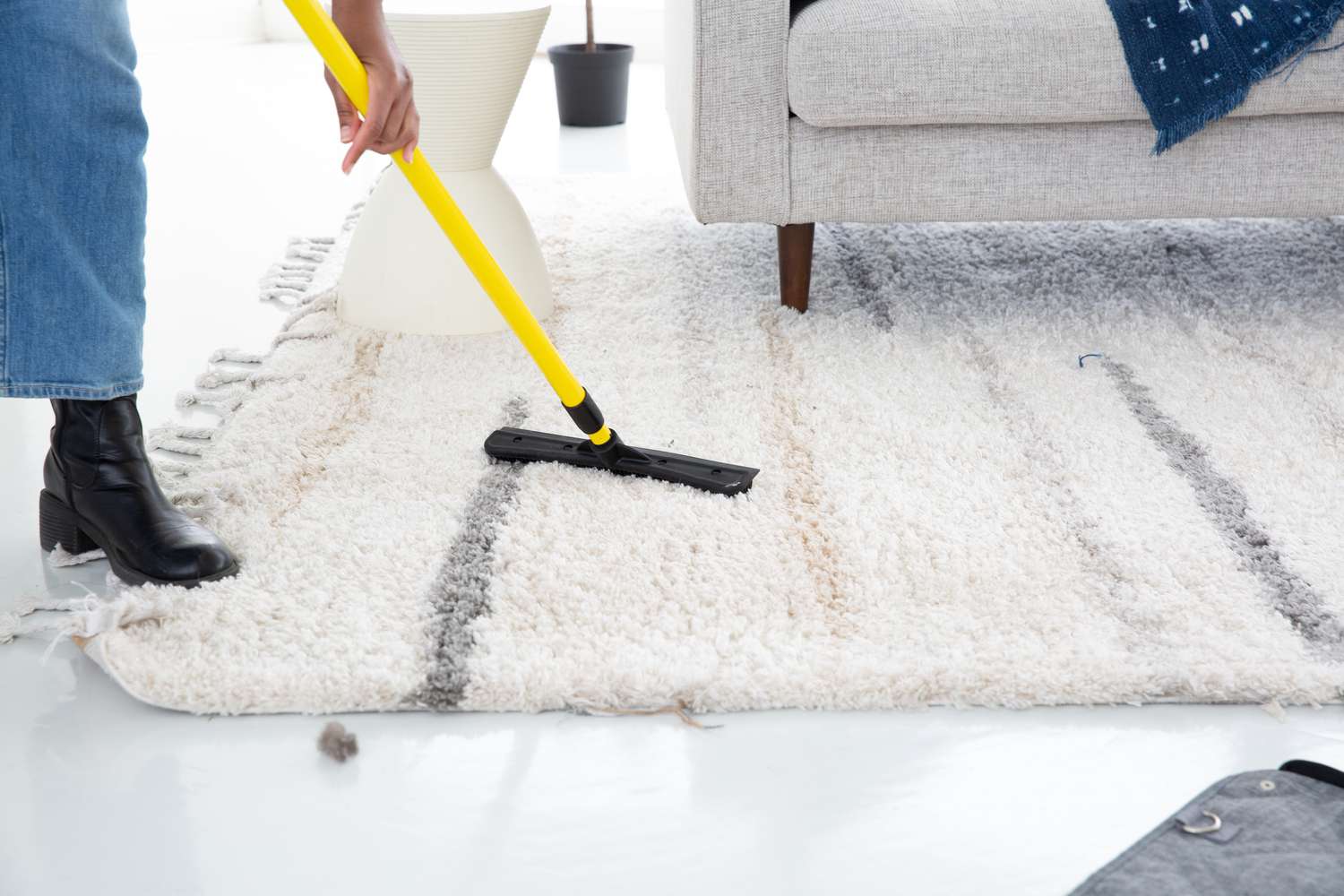

0 thoughts on “How To Get Hair Dye Out Of Wood Floor”